now i understand what you tried to say to me
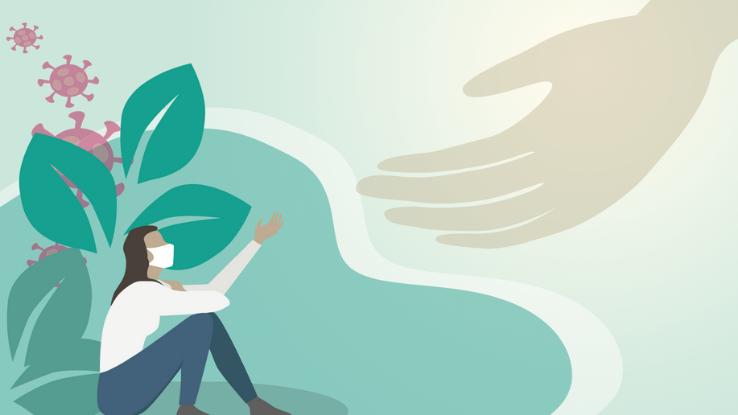
The COVID-nineteen pandemic has introduced a dizzying amount of unfamiliar terms and phrases into our everyday lives. Though they tin can be disruptive, information technology'due south important to accept an accurate understanding of their meanings, especially if nosotros want our communities to navigate the pandemic safely. Below, we've rounded upwards some of the most mutual COVID-19-related terms — from how the virus spreads in communities, to treatment and test options to how to help dull the spread. Without a doubt, familiarizing yourself with this list is the first pace to ensuring a safer tomorrow for yourself and others.
Virus- & Outbreak-Related Terms
- Coronavirus: In that location are many types of coronaviruses, all of which contain RNA and have crown-shaped spikes on their surfaces. Dissimilar types of these viruses tin can cause balmy illness like the common cold, or more than severe respiratory infections.
- SARS-CoV-2 or the "novel coronavirus": These are both terms for the coronavirus that has caused the COVID-nineteen pandemic. Because this item virus was novel to humans, there was no existing immunity or ability to fight off the virus' effects.
- COVID-xix: the proper noun of the affliction that SARS-COV-two can crusade. COVID-nineteen is a shortened version of "coronavirus disease 2019."
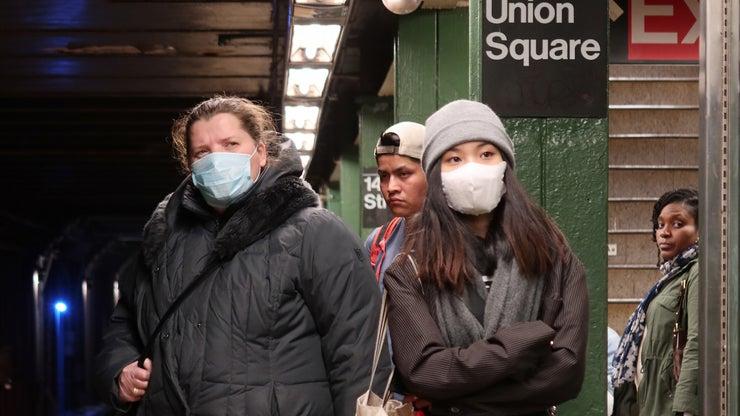
- Zoonotic: A description of a affliction that is able to spread from animals to humans. According to the Center for Disease Control and Prevention (CDC), zoonotic diseases are relatively common — 6 out of 10 of all known diseases are zoonotic.
- Outbreak: A localized uptick in cases. Outbreaks are often traceable to specific events similar concerts, or locations like 24-hour interval care centers or nursing homes.
- Epidemic: A larger than expected surge in the number of cases of a affliction or affliction in a particular geographic region or area.
- Pandemic: An epidemic that has spread across geographical or national boundaries and has affected a large number of people on a global calibration. COVID-nineteen was declared a pandemic on March 11, 2020.
Manual- & Spread-Related Terms
- Airborne Manual: A disease or illness that can be spread from person to person through the air. Airborne diseases tend to be more contagious than those requiring physical contact.
- Aerosol: A tiny particle of respiratory fluid that contains viral textile and can remain in the air for a menstruation of time.
- Droplet: A small drop of fluid. Droplets containing a virus can be expelled when an infected person talks, breathes, sneezes, or coughs.
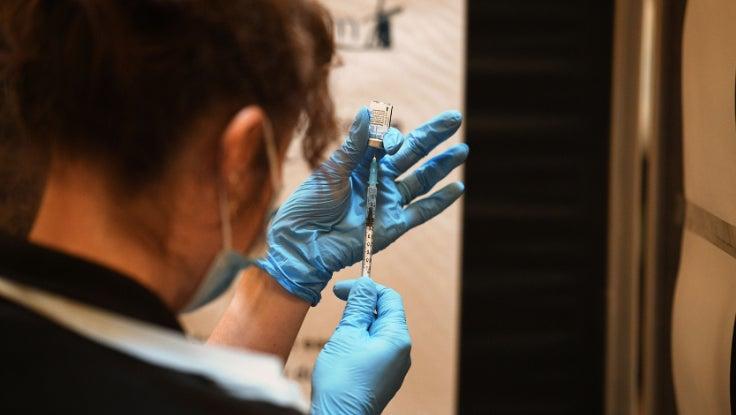
- R0/'R-naught': A number indicating the boilerplate number of people that will catch a disease or disease from one infected person. R0 is used equally a measure of how contagious a disease is. The R0 for COVID-xix manual in the United States varies by region.
- Community Manual: This refers to cases of infection that cannot be directly linked to known travel of an individual or a previously identified positive example.
- Asymptomatic: When one is displaying no symptoms or outward signs of having a affliction throughout the course of infection. Evidence suggests that individuals who are asymptomatic tin all the same transmit the virus to others.
- Presymptomatic/Incubation Period: When one is non still displaying symptoms due to an early stage of infection. The virus can still be spread during this time catamenia.
- Super-spreader: A person who transmits a affliction or illness to an unusually high number of people.
Prevention- & Mitigation-Related Terms
- Social and Concrete Distancing: The practice of reducing shut person-to-person contact in a community in society to subtract the transmission rate of a virus or disease. Social distancing measures include instructions to work from dwelling, plexiglass barriers, or half-dozen-human foot markers in public spaces.
- Contact Tracing: The procedure of public health officials identifying individuals who take been infected with or exposed to a viral illness in order to further mitigate and manage the virus'due south spread within a customs.
- Flattening the Curve: The "curve" here refers to the shape on graphs like number of cases or hospitalizations. 'Flattening' these curves involves taking steps like sheltering in place, social distancing, and self quarantining in order to forbid surges of patients that demand hospitalization and treatment all at once.
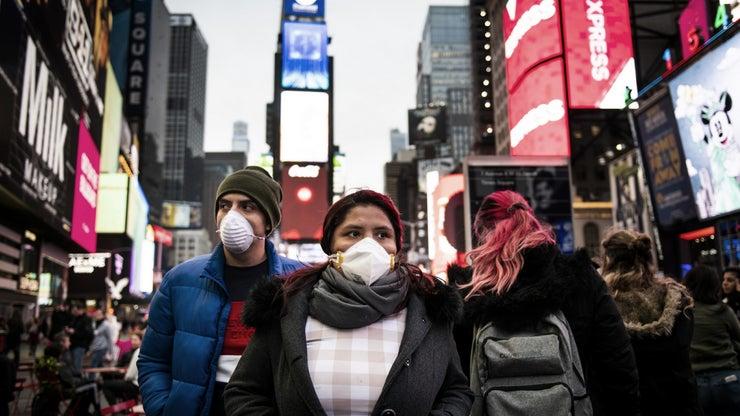
- Personal Protective Equipment (PPE): PPE refers to habiliment or materials that are especially made to act as a barrier against exposure or infection. Examples of PPE include face shields, masks, goggles, gowns and gloves.
- N95: Too chosen a respirator, this special type of mask covers the nose and mouth and is manufactured to safely filter particles that tin cause COVID-19 when fit-tested and used correctly. These masks are typically reserved for healthcare workers or those coming in close contact with agile infection, and are not recommended for use in public.
- Quarantine/Self-Quarantine: A quarantine is a menstruum of isolation following exposure or potential exposure to a virus, in lodge to preclude passing the virus to others. Individuals who have been potentially exposed to COVID-19 are advised to quarantine for at least 10 days following the exposure.
- Isolation/Self-Isolation: When an individual has a confirmed or suspected instance of an affliction or virus, they should isolate. Isolation differs from quarantine in that quarantine occurs following potential exposure to an illness, and isolation occurs after an individual has been infected.
- Vaccine: Vaccinations innovate a small-scale amount of inactivated or weakened virus and so that the body can produce antibodies that work past recognizing the virus and preventing information technology from causing affliction in the time to come. Vaccines are preventative measures that tin increment immunity on a large calibration.
Testing- & Handling-Related Terms:
- Molecular or Viral Test: A test used to decide if a person currently has an active infection from SARS-CoV-2. Viral tests work by analyzing a sample of saliva or fungus in order to determine whether the virus is present.
- Antibody Exam: A test that detects whether a person has antibodies for a specific virus or illness. Antibodies are proteins created by the body's allowed arrangement that gainsay a specific virus or illness. These tests are not used to pick up on agile infections.
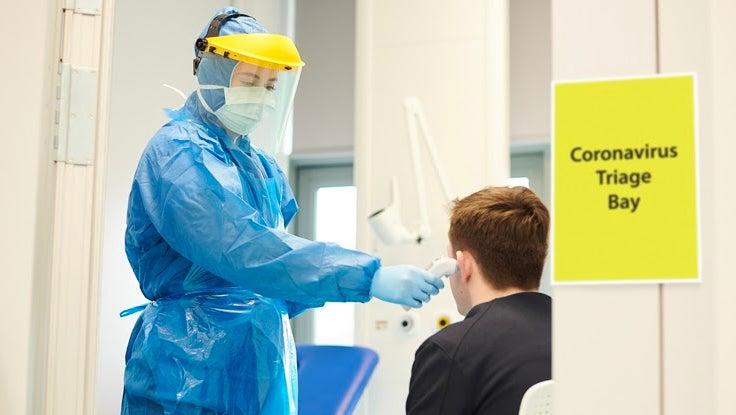
- Remdesivir (Veklury): An antiviral drug that has been canonical by the FDA for treatment of COVID-19. Remdesivir works by preventing replication of RNA within viral particles so that the virus cannot multiply and spread inside the torso as hands.
- Dexamethasone: A corticosteroid with anti inflammatory and immunosuppressive effects, oft used to combat respiratory disease. Dexamethasone is recommended as a treatment for moderate to astringent COVID-nineteen to work against tissue damage in the lungs.
- Ventilator: When a patient isn't able to breathe on their ain, a ventilator can be used in the infirmary to assistance them breathe. A tube is inserted into the patient's windpipe through the oral fissure and a machine works to supply oxygen direct to the patient's lungs.
Resource Links:
- Coronavirus (COVID-19) Outbreak Glossary via Kaiser Family unit Foundation (KFF)
- COVID-19 Glossary via Yale Medicine
- "Zoonotic Diseases" via Centers for Affliction Command & Prevention (CDC)
- "Testing Overview" via Centers for Disease Command & Prevention (CDC)
- "Information for Clinicians on Investigational Therapeutics for Patients with COVID-xix" via Centers for Illness Control & Prevention (CDC)
- "Science Cursory: SARS-CoV-ii and Potential Airborne Transmission" via Centers for Disease Control & Prevention (CDC)
- "Final report confirms Remdesivir benefits for COVID-19" via National Institutes of Health (NIH)
- "Is Dexamethasone the COVID-19 Cure We've Been Looking For?" via Reference
- "What Is Contact Tracing, and Why Is Information technology Of import During the COVID-19 Pandemic?" via Ask
- "COVID-xix Terms: The Departure Betwixt Social Distancing, Concrete Distancing & More" via Reference
Source: https://www.symptomfind.com/healthy-living/covid19-terms?utm_content=params%3Ao%3D740013%26ad%3DdirN%26qo%3DserpIndex
Post a Comment for "now i understand what you tried to say to me"